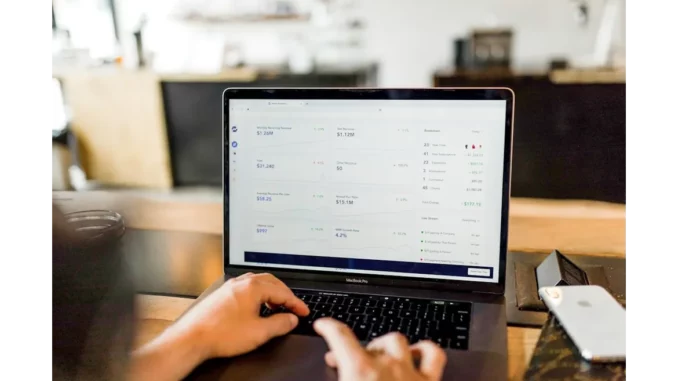
As global priorities increasingly shift towards energy efficiency and sustainability, the Vacuum Insulated Glazing (VIG) market is poised for substantial expansion. Forecasted to achieve an annual growth rate of 11% from 2024 to 2031, this market is set to revolutionise the realms of architectural design and construction. This article explores the pivotal trends, technological innovations, and regional influences that are shaping the trajectory of the VIG market.
Successful low-energy building design hinges on careful planning. Focus360 Energy can help.
Vacuum Insulated Glazing (VIG) represents a sophisticated technology that significantly enhances thermal insulation in buildings. Unlike conventional double or triple glazing, VIG employs a vacuum between glass panes to drastically reduce heat transfer. This results in exceptional thermal performance, making VIG an optimal choice for energy-efficient structures.
Several key trends are propelling the VIG market forward. Firstly, the surge in demand for energy-efficient buildings is a primary driver. As global consciousness regarding climate change intensifies, there is an increased emphasis on reducing energy consumption and lowering carbon emissions. VIG addresses these concerns by providing superior thermal insulation, thereby diminishing the need for heating and cooling in buildings.
Secondly, continuous technological advancements are enhancing VIG products, offering improved performance characteristics. Innovations such as higher thermal insulation properties and cost-effective manufacturing processes are making VIG more accessible and attractive to a broader market. Moreover, rapid urbanisation in emerging economies and a global construction boom are fuelling the demand for high-performance building materials like VIG. These materials are crucial for meeting stringent energy efficiency standards in new constructions.
Furthermore, governments worldwide are enforcing rigorous building codes and regulations that mandate energy-efficient designs, thereby driving the adoption of VIG in the construction industry. There is also an increasing focus on sustainable building practices, with builders and developers opting for eco-friendly materials like VIG to reduce energy consumption and greenhouse gas emissions.
Technological innovations are significantly influencing the VIG market. Artificial Intelligence (AI) and Machine Learning (ML) are being utilised to analyse vast amounts of data, predict market trends, and visualise potential scenarios. By leveraging AI and ML, businesses can gain deeper insights into market dynamics and consumer behaviour, facilitating more informed decision-making. Predictive analytics tools are also helping companies forecast market trends and identify emerging opportunities, enabling them to stay ahead of the curve and make strategic investments in research and development. Additionally, Virtual Reality (VR) simulations are being used to visualise potential scenarios and design innovative VIG products, allowing architects and builders to experiment with different designs and materials for more efficient and sustainable building solutions.
The VIG market is experiencing significant growth across various regions. In North America, the United States and Canada are leading markets, driven by stringent energy efficiency regulations and a growing demand for green buildings. In Europe, countries such as Germany, France, the U.K., Italy, and Russia are key players, with the region’s focus on sustainability and energy efficiency driving the adoption of VIG. The Asia-Pacific region, including China, Japan, South Korea, India, Australia, Indonesia, Thailand, and Malaysia, is witnessing rapid growth due to a booming construction industry and increasing urbanisation. Latin America, with countries like Mexico, Brazil, Argentina, and Colombia, is emerging as a market for VIG, driven by a growing emphasis on sustainable construction practices. The Middle East and Africa regions, particularly Turkey, Saudi Arabia, and the UAE, are expected to dominate the VIG market due to government initiatives and a growing awareness of environmental sustainability.
The VIG market is segmented into two main types: Tempered and Non-tempered VIG. Tempered VIG undergoes a rapid heating and cooling process to enhance its strength and durability, making it suitable for high-traffic areas. Non-tempered VIG, which does not undergo this process, is more susceptible to breakage but is ideal for areas with lower risk of impact. Both types provide excellent thermal insulation properties, contributing to reduced energy consumption in buildings. VIG is widely used in architecture and furniture for energy-efficient windows, home appliances such as refrigerators and ovens, and other markets including automotive and aerospace industries.
The Vacuum Insulated Glazing (VIG) market is on the brink of substantial growth, driven by technological advancements, rising demand for energy-efficient buildings, and a global focus on sustainability. As businesses and governments continue to prioritise energy conservation and environmental sustainability, VIG is set to become a crucial component in the future of building materials.


Be the first to comment